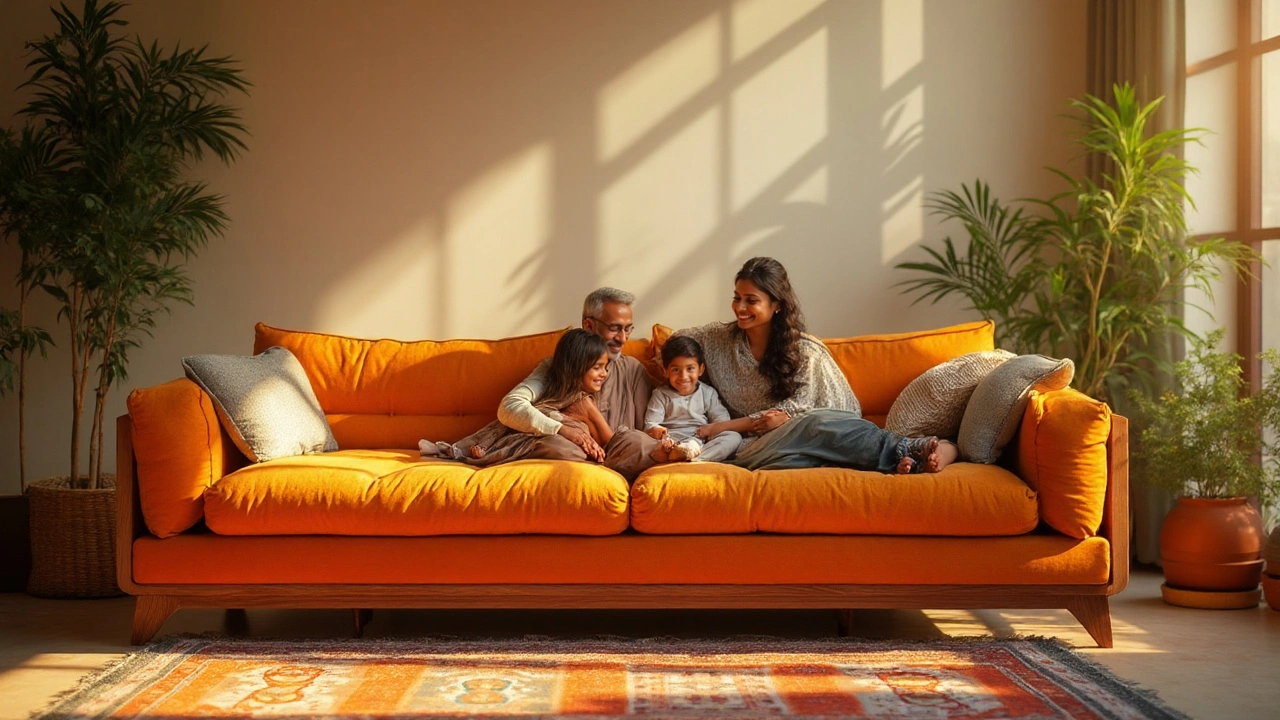Sofa Frame Quality – What Makes a Couch Stand the Test of Time
When you buy a sofa, the first thing you sit on is the cushion, but the real hero is the frame hidden underneath. A weak frame will creak, sag, or even break after a few months. Knowing what to look for can save you money and keep your living room looking fresh.
Key Materials for Strong Frames
Most solid sofas use three main materials: hardwood, engineered wood, and metal. Hardwood such as oak, maple, or beech is dense and can handle everyday weight. It’s also resistant to warping when you keep it away from moisture.
Engineered wood includes plywood, particleboard, and MDF. Plywood is a layered wood with glue between sheets; it’s lighter than solid wood but still strong if it’s at least ¾‑inch thick. Particleboard and MDF are cheap and tend to flex under heavy use, so they’re best for budget pieces you don’t plan to keep long‑term.
Metal frames (usually steel) are common in modern designs. They’re strong, don’t splinter, and resist insects. The downside is they can be noisy if the joints aren’t padded well.
Look for a frame that uses a combination of these materials: a hardwood or plywood base for the main structure and metal brackets for extra support at the joints.
Tips to Test Frame Durability Before You Buy
1. Kick the legs. Give each leg a firm kick. If the frame shifts or makes a loud squeak, the joints are weak.
2. Press the cushions. Sit down and lean back. A sturdy frame will stay flat, while a weak one will bow or dip.
3. Check the joints. Most high‑quality sofas use dowels, screws, or corner blocks. Avoid glue‑only connections because they can fail over time.
4. Inspect the back. Look through the back of the sofa (if it’s open or removable). A solid, continuous piece of wood or metal should run the full height. Gaps or thin slats are red flags.
5. Ask about warranties. Good manufacturers stand behind their frames with at least a 5‑year warranty. If they can’t offer that, you might be dealing with cheap construction.
Once you’ve checked these points, you’ll have a clear idea if the sofa will last. Remember, a higher price often means better materials, but you can still find a great frame on sale if you focus on the construction details.
In short, a quality sofa frame combines strong wood or metal, solid joints, and a design that distributes weight evenly. Take a few minutes to test it in the store, and you’ll avoid a couch that sags after a few weeks. Happy hunting!
Sofas That Don’t Sag: How to Choose a Durable Couch for Your Home
Discover which sofas don’t sag and what features to look for to keep your couch looking and feeling great for years. Get specific tips and real-life insights.





